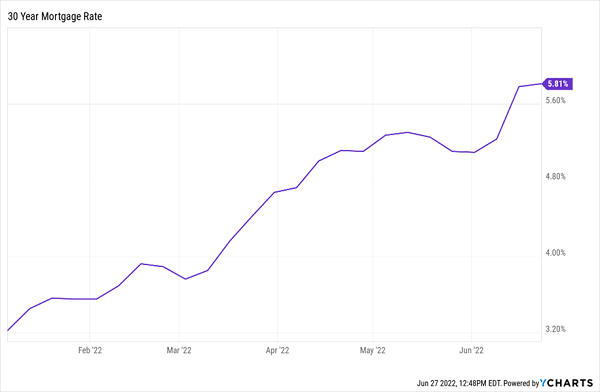There’s a group of dividend payers out there whose businesses are doing better than they were before the COVID mess, but their stocks are still ridiculously cheap today.
Best of all, we contrarian income seekers can get these stocks at an even deeper discount than regular folks can—while collecting a healthy 6.6% dividend.
The trick? Buy them through a closed-end fund (CEF) like the one we’ll discuss below.
But let’s not get ahead of ourselves. The investments we’re going to buy through this CEF are real estate investment trusts (REITs), which own and rent out various types of properties, from shopping malls to warehouses and cellphone towers.… Read more



Recent Comments